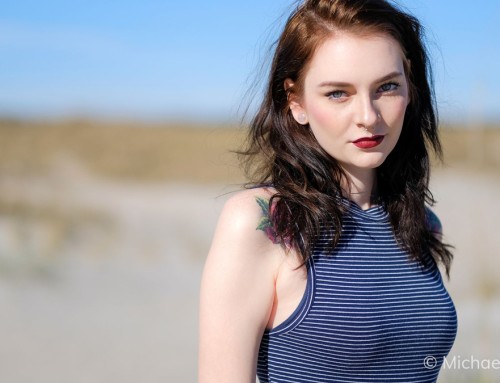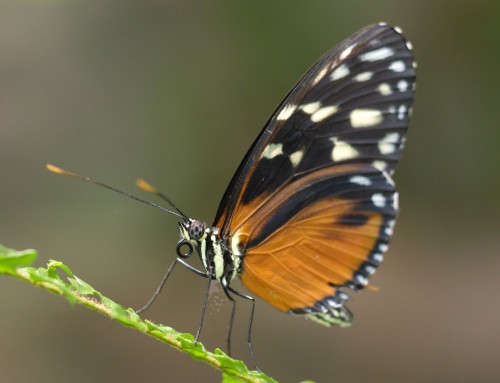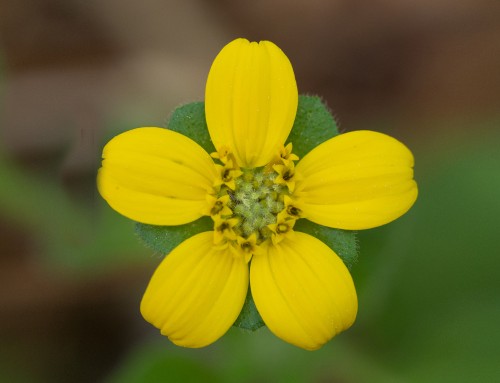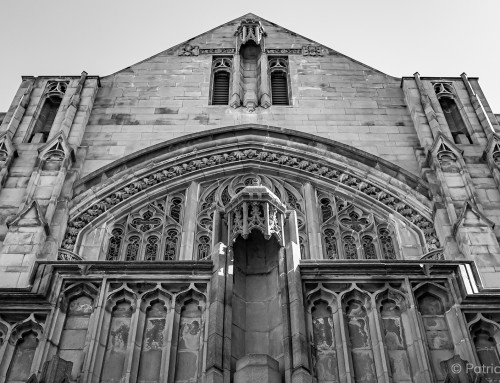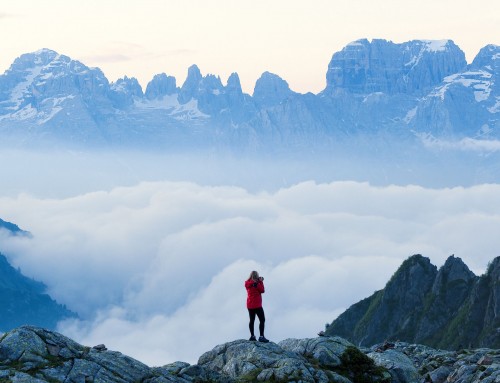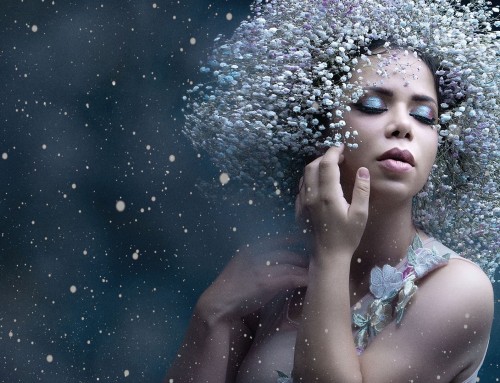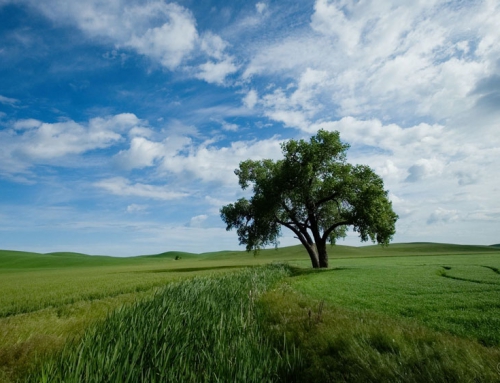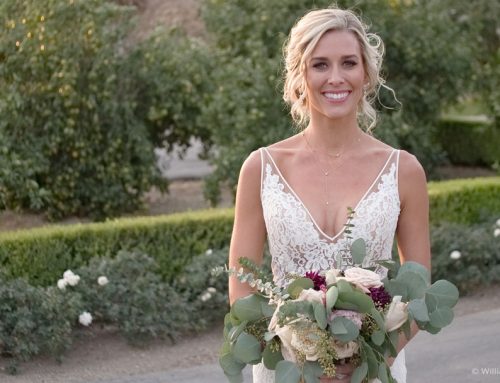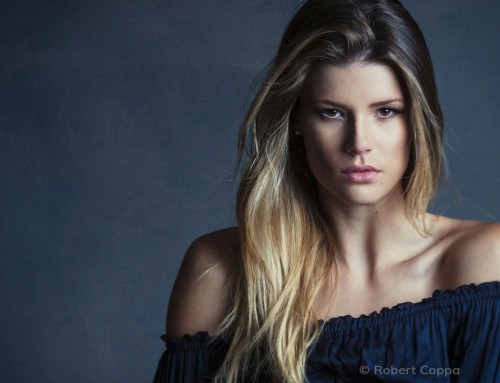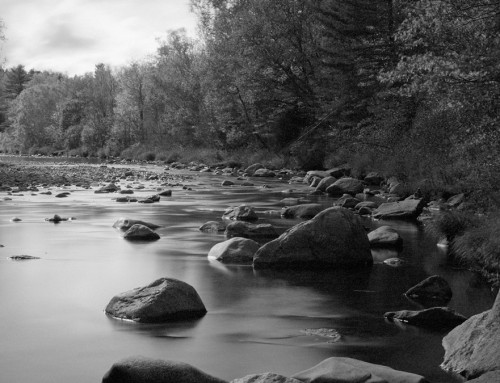Learn how to use Exposure when shooting tethered. This workflow enables you to preview the finished look of your images on a large screen, instantly. Additionally, you can quickly cull, perform photo editing, and apply creative effects right after you’ve snapped the picture.
Transcript
This lesson demonstrates tethered shooting with Exposure. This workflow enables you to view images captured by your camera immediately on your computer screen. Then, you are able to cull, retouch, and make creative edits right after you’ve taken your shot.
It’s a great workflow for studio photography – portraits, fashion or headshots, or any kind of work where you want to show results to a client as photos are shot. You’re both able to find your favorites and finish them right there during the shoot.
In addition to your camera and computer, you’ll need the following:
- Tethering software, which differs for each camera. In this video, I’m shooting with a Fujifilm X-T1, so I’ll be using Fujifilm X Acquire software.
- A tethering cable. I’m using a Micro-B 5-Pin cable.
To see the hardware and software you’ll need for other cameras, read our support article on tethered shooting.
The first thing to do is set the camera to communicate with the tethering software. This will vary for different camera models. On the camera XT-1 settings menu, set USB Mode to PC Shoot Auto.
Then plug the tethering cable into the camera and computer, and set a folder location in the Fujifilm X Acquire software. Create a new folder to save the images in, then select Show Window… to bring up the X Acquire interface.
In Exposure, select the folder you just created. Right-click the folder name in the Folder’s panel and select Monitor Folder. This opens the Folder Monitor dialog, which is where you control how Exposure handles the images during your tethered shoot.
Usually it’s best to leave Auto-Select Latest checked, so that as you shoot images they are shown onscreen in Exposure.
Below you can assign the metadata to apply to new images. Use the standard copyright, name, and email per your standard workflow. You also have the option to give images a title and caption.
Assigning keywords will help keep your photo library organized. Click the keyword icon to view and apply any keywords you already created in Exposure. You can also add new keywords by typing them in.
You can use collections for your tethered images, either by creating a new collection or by clicking the collections icon to select an existing image collection.
The Presets field enables you to assign any of Exposure’s presets to your images. This is a great way for you and your client to preview what the finished image will look like.
Exposure enables you to select multiple presets, which is helpful if you’re wanting to compare the look of a color and B&W image, or any other variety of looks. Each preset appears in Exposure’s grid view as its own virtual copy, so it will not fill up your hard drive with duplicate files.
If you wish to rename your images as they are copied, check Rename Files.
Shooting Tethered
With the monitored folder settings set, minimize the Folder Monitor dialog and begin shooting.
As you shoot, the original RAW image and the two virtual copies, one for each of the presets applied, will appear in the Grid view. To show each image full screen as it is taken, use Fit view.
At any point during the shoot, you can assign a different preset to any image, as well as remove any that you have already applied.
Click the disclosure arrow to re-open the dialog and adjust the settings. You can update the metadata, keywords, presets, and other info whenever you’d like.
Editing can also be performed with the controls on the right dock. You have full access to all of Exposure’s tools, including rating tools, creative effects, and advanced retouching tools.
You and your client can mark favorite images during the shoot. To compare with other options, set the layout to show multiple photos at once. If you have a favorite image, pin it into position and give it a star rating. As you continue shooting, it will remain pinned in the view, so you can compare the new images to it.
When you find the best of the lot, you can perform a quick edit during the session and get the client’s feedback on how it looks. Adjustments can be refined later, but this is a quick way to get on the right track for the finished shots.


